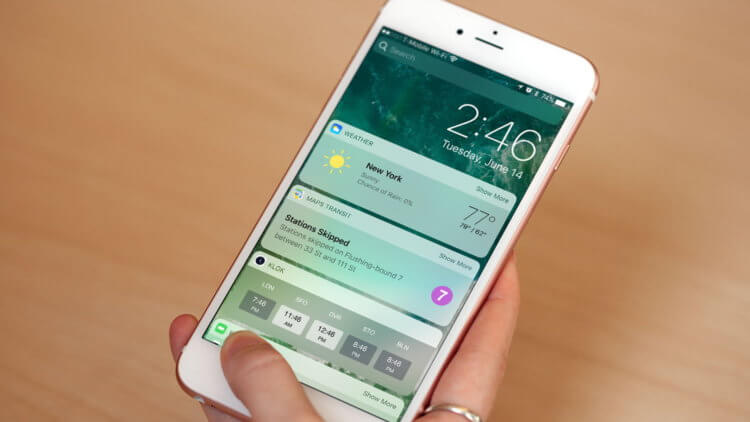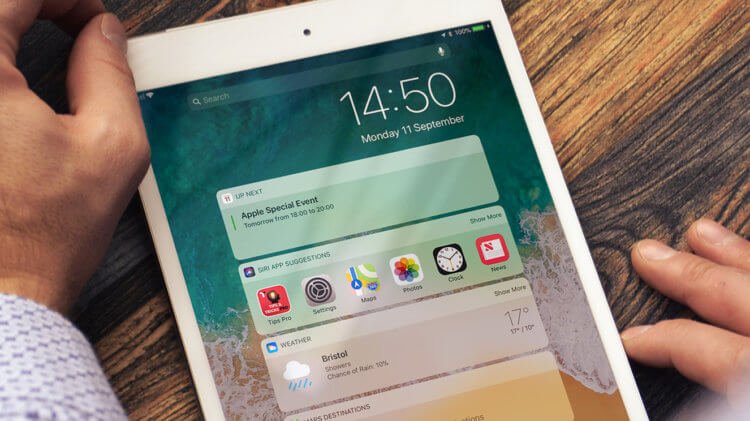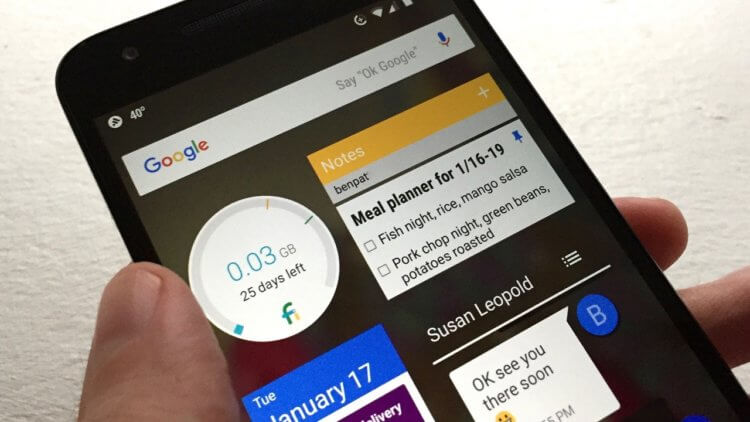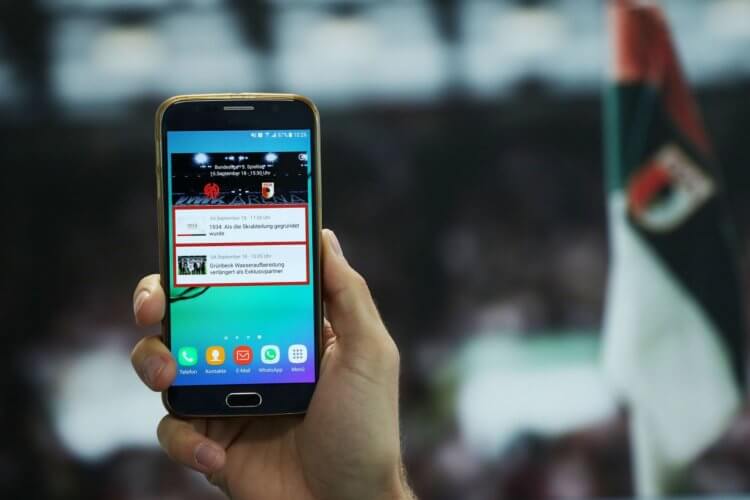Apple has always been slow when it comes to improving the interface of branded devices, introducing even really useful innovations after competitors. Multitasking, notification shade, third-party keyboards – all this and much more appeared in iOS with a long delay relative to Android. Much time has passed since then, and iOS has long since changed from the role of catch-up to the role of leader. But it seemed to us so, because, as it turned out, Cupertino again decided to take up the old and start copying Google's ideas.

Apple wants to add widgets to iOS. Real
iOS 14 will have full support for widgets. This is indicated by the content of the upcoming update code. Despite the fact that Cupertino has been experimenting with this system component for a long time, it is obvious that this year the company's developers decided to abandon previous attempts to do it differently from Google, and simply implement the developments that found application in Android. Now, if you believe the references from iOS 14, widgets on iPhone and iPad can be placed directly on the desktop, customizing them by analogy with dials for Apple Watch.
Why you don't need to use widgets

iOS already had widgets, but in a rather indirect way
Personally, as a longtime user of technology Apple, the company's desire to implement widgets in iOS has always caused genuine bewilderment. After all, widgets are, in fact, thumbnails of installed applications that allowed you to interact with them without having to launch the applications themselves. Thanks to them, it was possible, for example, to see the weather forecast or to be able to write queries to Google directly from the desktop. Perhaps for some it really seems convenient, but one should not forget at what price this convenience is bought.
Firstly, I cannot imagine a situation in which I hold an unlocked smartphone in my hand, but I cannot click on the browser icon to enter a search query. After all, even if I send it from the desktop, I will still be transferred to Chrome or Safari, where the query results will be given. So what difference does it make if I launch the application myself or will it happen automatically after clicking on the search button?
How widgets harm your smartphone

Widgets clutter up the OS interface
Secondly, widgets take up too much screen space. Now, when users can have from several dozen to several hundred applications installed, the presence of widgets may not only make it easier to work with the software, but complicate it even more. Can you imagine how much space a weather widget or Google search bar would take up? Yes, in their place would fit at least 4-5 applications.
Third, due to the fact that widgets are usually constantly updated in real time, this creates an unnecessary load on the system. Despite the fact that today even the oldest iPhone no longer have performance problems, several widgets placed on the desktop require not only and not so much the processing power of the processor as RAM and battery resources.
Where did the widgets go?

Manufacturers realized that widgets only harm, and therefore abandoned them
Google has figured this out a long time ago and has given up on widgets. Moreover, today you will not find a single smartphone running Android, where these components would be used. It's just that over the years of using widgets, manufacturers realized that they not only do not make the system better, they, on the contrary, worsen it, providing additional burden – both hardware and aesthetic. Therefore, if Apple takes this and implements the concept of widgets in the form in which they have always existed, it will be a real failure.
Yes, I admit that Apple will make the widgets in iOS differently than in Android. However, this is a very slippery slope, on which the Cupertino company is unlikely to come to something good. After all, if Apple manages to hide the widgets in the context menu, allowing them to be launched by a long press, the practical meaning of them is lost, since this manipulation will take more time than opening the application, and even these will not be widgets . I cannot imagine another way to make the widgets work and at the same time not eat up the resource of the smartphone as not into myself.
